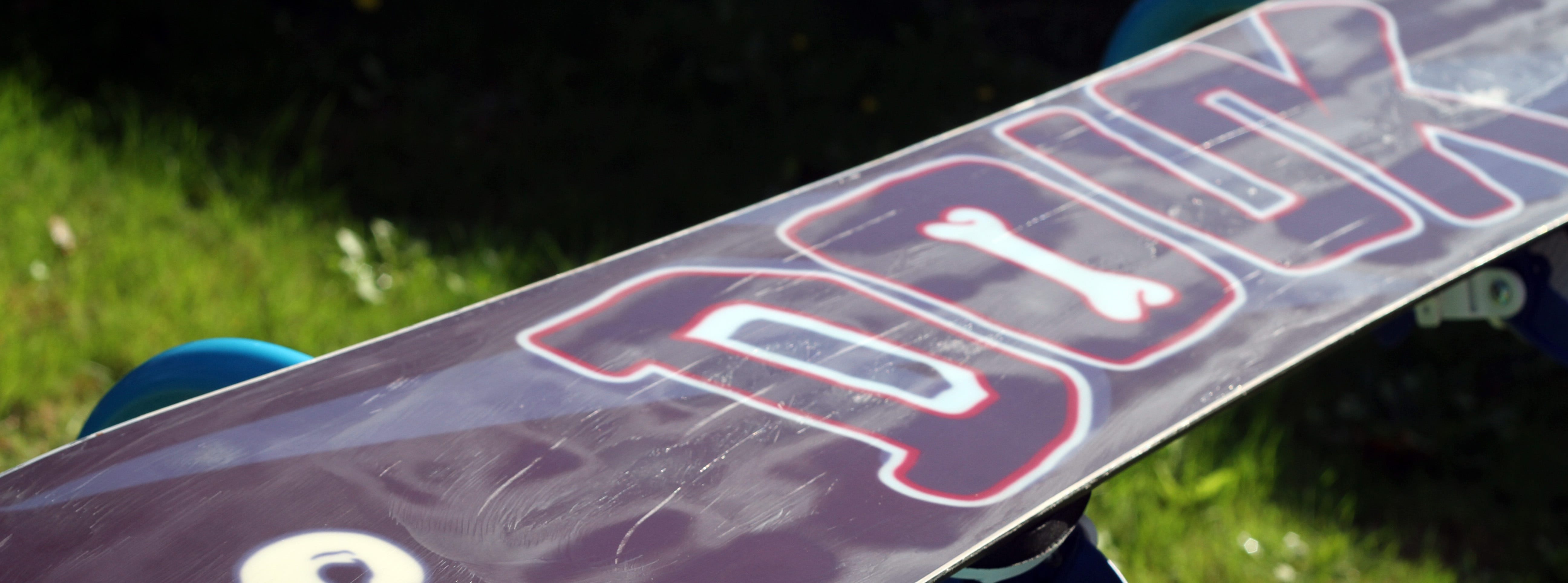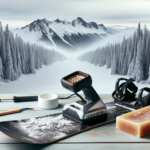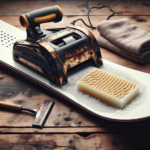Strapping on your snowboard and gliding down the slopes can be a thrilling experience. But did you know that how well your snowboard wax is holding up can make a significant difference in your ride? That’s right! This article explores some key signs that your snowboard might need waxing. From looking at the condition of the base to observing the color and texture, to watching just how swiftly you are moving on the snow, there’s a lot you need to watch out for. So, buckle up as we prepare to assist you in maintaining your snowboard in its prime state. You’ll learn all the pointers to look for in identifying whether your board needs a fresh coat of wax.

Understanding Basic Snowboard Maintenance
Snowboarding, like any other sport, involves not only skill but also the right equipment. And part of having the right equipment is ensuring your snowboard is well maintained.
Importance of Regular Snowboard Maintenance
Taking care of your snowboard is crucial to your performance and safety on the slopes. Regular maintenance helps your board slide smoothly and quickly over the snow, which can make a big difference in your control and speed. From edge filing to waxing, caring for your board is necessary if you want to continue enjoying snowboarding sport.
Impact of Maintenance on Snowboard Performance
When your snowboard is well-taken care of, you’ll notice that your movements feel smoother and your board responds better in turning, and jump landing. Good board maintenance also extends the longevity of your snowboard. On the flip side, neglecting maintenance can lead to a decline in performance, difficulty in handling and can ultimately shorten your board’s lifespan.
Role of Snowboard Waxing
Waxing isn’t something that snowboarders do just because it makes their board smell nice. Waxing plays a crucial role in board performance and maintenance.
Explanation of Snowboard Waxing
Snowboard waxing is the process of applying a layer of wax onto the base of your snowboard. This application creates a slick surface that reduces friction between your snowboard and the snow. The reduced friction allows you to slide down the slope quicker and easier.
Why Waxing is Crucial for a Snowboard
Waxing is arguably the most important aspect of snowboard maintenance. It not only improves board performance, but also protects the base from damage. This is because wax fills the porous structure of the board’s base material, shielding it from abrasive snow, moisture, and ultraviolet rays.
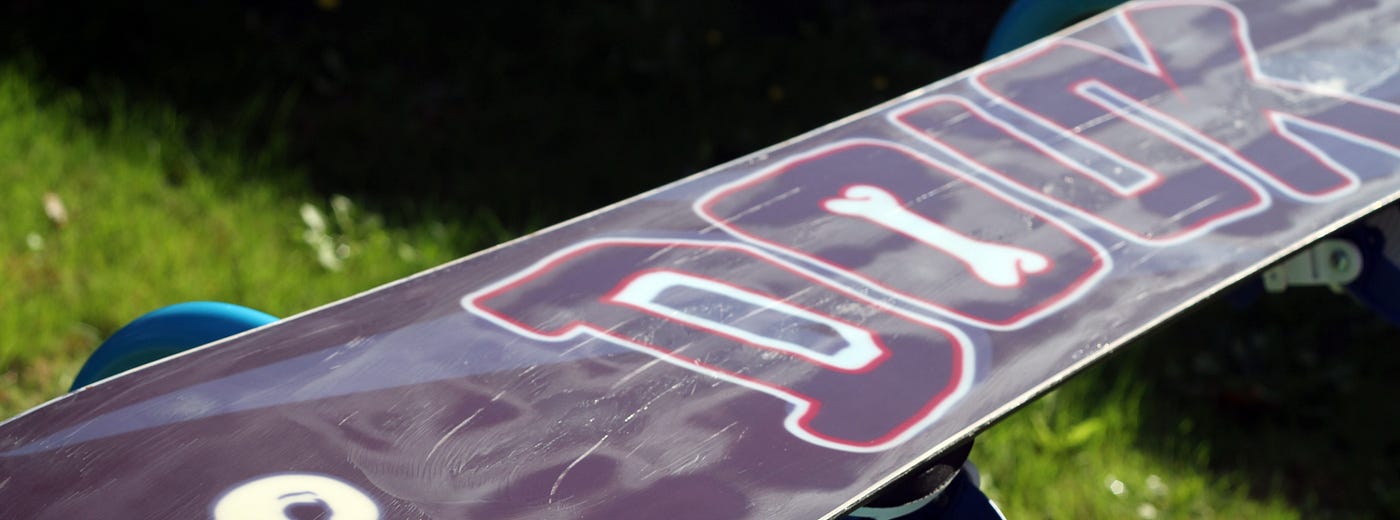
Frequency of Waxing Your Snowboard
Some snowboarders wax their board every time they hit the slopes, while others may wait until they notice decreased performance. Determining the right frequency for waxing your board can be subjective.
Factors That Determine How Often to Wax a Snowboard
Various factors, like snow conditions, riding style, and board usage, can influence how frequently a snowboard should be waxed. For instance, if you’re a hard-charger who rides daily in icy conditions, you might need to wax more often than someone who only rides a couple of times a season in powdery snow.
Average Waxing Frequency for a Snowboard
The general guideline is to wax your snowboard every 3-7 days of riding. But remember, there is no such thing as waxing your snowboard too much. If in doubt, wax it out.
Visual Signs Your Snowboard May Need Waxing
Snowboards aren’t shy about telling you when they need some TLC. A visual inspection can often tell you if it’s time to wax your board.
Appearance of Dry Patches
If your snowboard’s base starts to look chalky, dry, or “fuzzy”, it’s crying out for wax. These areas are particularly susceptible to damage, as they are unprotected.
Visible Scratches or Damage
Although a good wax job can’t fix deep gouges, it can help fill in minor scratches and nicks. If you see any shallow scars on your board, consider giving it a wax.
Fading or Discoloration of the Base Material
When your snowboard base loses its vibrant color and appears gray and discolored, that’s another tell-tale sign it may need waxing. Frequent waxing should be able to revive its look and protect the base from further discoloration.
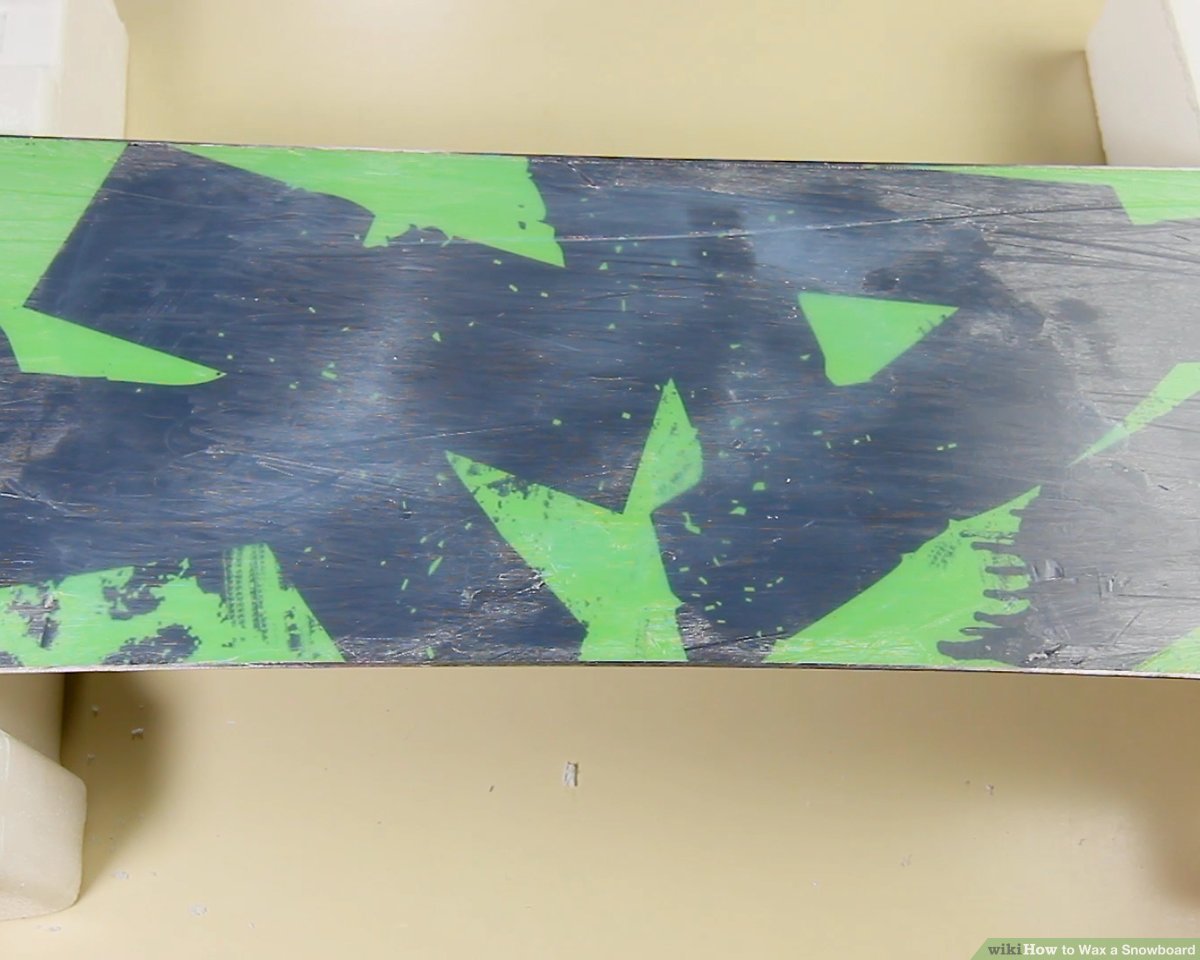
Physical Indicators Your Snowboard Needs Waxing
Feeling that something’s off with your board? It might be it asking for some wax.
Change in Board Handling
When your board needs wax, it can start to feel sluggish, difficult to turn, or unresponsive. If you notice a sudden change in the way your board handles, it might be time to take out the wax and iron.
Reduced Gliding Speed
Does it feel like you are not picking up speed like before, or your friends are outpacing you on flat sections? This could mean your snowboard lacks the slick surface it once had, indicating a need for waxing.
Increased Friction or Stickiness on the Snow
If you feel more drag or your board appears to stick and not glide as it usually does on the snow, your board is likely due for waxing.
Performance Indicators Your Snowboard Needs Waxing
There may be times when you can’t put your finger on what is wrong, but you just know your board is just not performing as it usually does.
Difficulty turning
Having trouble laying down beautiful arcs in the snow? This might be due to lack of wax. When the base is dry, it can interfere with your ability to carve smoothly and effectively.
Poor control on flat sections
Struggling to steer your board across flats or slight inclines? A dry base can reduce your board’s glide, making navigation on these sections more challenging.
Decreased ability to maintain speed downhill
If you’re finding it harder to maintain your usual speed when bombing down the hills, a wax job could restore your board’s speed.

The Effect of Different Snow Conditions on Waxing Need
It’s not just how often you ride that can shorten the time between waxes. The type of snow you’re riding on can also play a role.
Understanding how snow temperature affects waxing needs
Cold, dry snow can be more abrasive than wet snow, wearing your wax off faster. If you’re often shredding in icy conditions, bear in mind you might need to wax your snowboard more frequently.
How dry or wet snow impacts your snowboard’s need for wax
On the other hand, wet, slushy snow can also demand more waxing. This is because wet snow causes a suction effect on the board’s base, stripping the wax off.
Types of Snowboard Wax
Not all waxes are created equal. Different types serve different purposes.
Benefits of different types of snowboard wax
There are various types of snowboard wax on the market, each created for specific snow conditions. For example, warmer temperature waxes are designed for wet, slushy snow, while colder temperature waxes work best in colder, powdery conditions. There is also all-temp wax which is a good choice for variable snow temperatures.
Choosing the right wax for your snowboard
Choosing the right wax not only depends on snow conditions but also on your riding style and preferences. Regular use of the appropriate wax can enhance your performance and prolong the lifespan of your board.
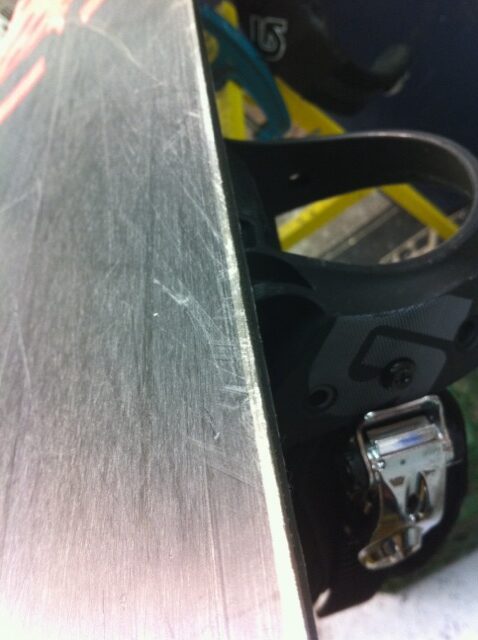
How to Wax Your Snowboard
Waxing your snowboard is something you can do at home. All you need is a bit of space, the right tools, and a bit of time.
Basic steps for waxing a snowboard
To begin, ensure your board is clean and dry. You will need an iron, wax, and a scraper. Heat the iron, touch the wax to the iron and drip the wax across your board. Then, iron the wax on the board, spreading it evenly. Let it cool and then scrape off the excess wax. Finally, buff the base with a cloth or brush to create a smooth finish.
Professional vs. DIY snowboard waxing
Of course, if you’d prefer not to deal with the mess or worry about damaging your board, professional waxing is also an option. Most board shops offer waxing services, and they can also give you advice on the best wax to use for your specific needs.
Maintaining Your Snowboard Post-Waxing
Waxing is the first step, but understanding how to maintain your wax job can keep your board performing at its best for longer.
Effective practices to prolong wax life on a snowboard
Firstly, avoid unnecessarily scraping your snowboard on pavement or rocks as this can strip the wax off. Also, be mindful of the snow conditions you’re riding in. These practices will help prolong the wax life on your snowboard.
How to properly store your waxed snowboard
Proper storage of your waxed snowboard is essential to maintain its condition. Store it in a dry, relatively cool place, away from direct sunlight. Also, don’t lean it against a wall on its end or side as it may cause the board to warp or distort.
In conclusion, just like a car needs regular oil changes, your snowboard needs regular waxing. Understanding your board, its needs, and how to care for it can enhance your riding experience, keep you safe, and extend the life of your beloved snowboard. So remember, when in doubt, wax it out!
- What Snowboard Bindings Should I Get? - January 23, 2024
- What Size Screws For Snowboard Bindings? - January 23, 2024
- How To Snowmobile On Water? - January 23, 2024

